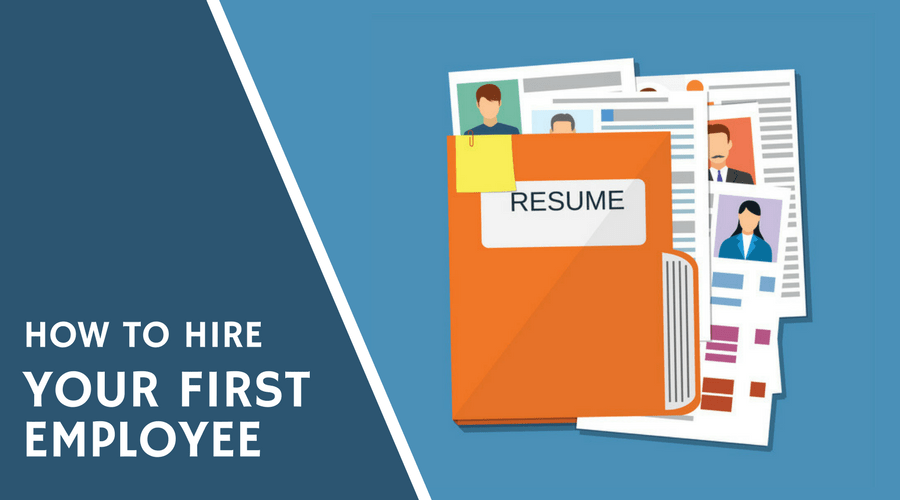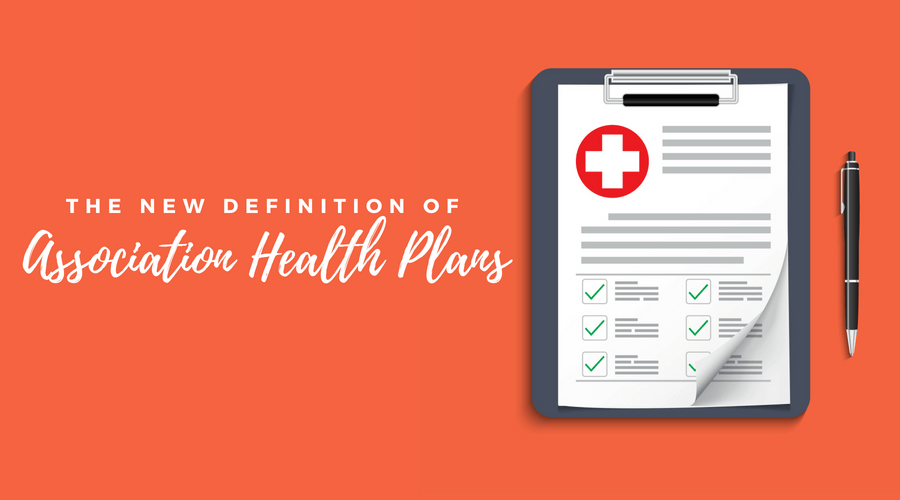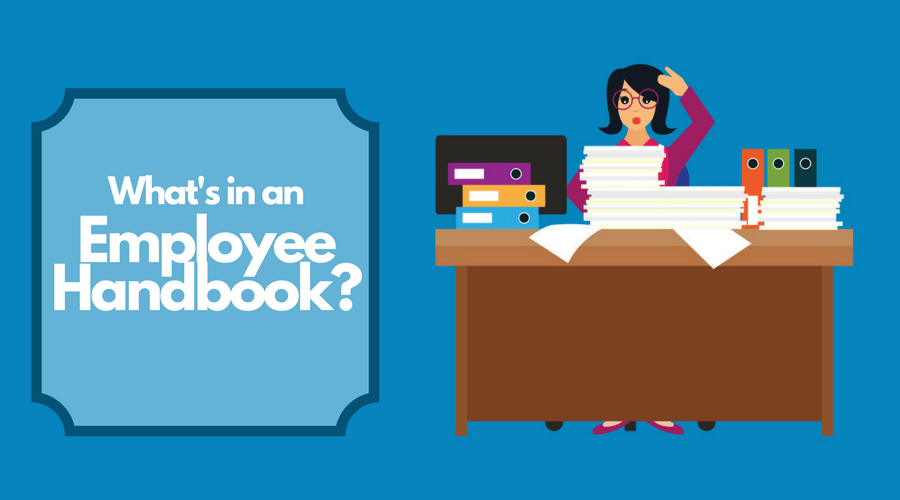11 Things You Should Do When Hiring Your First Employee

If you’re thinking about hiring your first employee, congratulations! That’s a huge step for any small business. So, make sure you’re starting on the right foot by complying with any federal and state laws that apply to you. Keep reading to learn what you need to do when hiring your first team member.
1. Get an EIN
An employer identification number (EIN) is necessary for reporting payroll taxes to the IRS and state agencies. You can quickly apply for one online, via fax, or by mail.
Read also: How to Get an Employer Identification Number
2. Set up your payroll system
Before your new worker starts, make sure you know how much you plan to pay them and how often. These decisions will affect how much taxes you withhold from each paycheck. It’s essential to determine this information before your first employee starts so that you’re prepared to pay them regularly and consistently from the beginning.
Read also: What to Consider Prior to Running Payroll for the First Time
3. Describe the position and post your job ad
Before you start searching for candidates, write a thorough job description explaining what the person’s responsibilities will be and what experience you require. Then, advertise the open position at your local college or by attending a job fair. You might also consider posting it online using sites like LinkedIn or Indeed.
4. Conduct interviews & check references
As people start applying for the job, start meeting with potential candidates to see if they’re the best fit for your company. After you’ve narrowed down your list, check their references to find out more about their work ethic, values, and whether they’d be able to help you build your ideal company culture.
5. Post required notices
As an employer, you’re required to display certain posters in your workplace to inform employees of their rights and your responsibilities. Hang up these notices before your worker’s first day.
6. Collect a W-4 from your new team member
After you’ve hired someone, ask them to complete Form W-4 and your state version by their first day of work. You’ll use these forms to determine how much federal and state income tax to withhold from each paycheck.
Read also: How to Calculate Payroll Taxes
7. Verify employee eligibility
To verify that your new staff member is eligible to work within the United States, they must complete Form I-9 within three days of their first day of work. You’re not required to submit this form to the federal government, but you are required to keep it on file for three years after the worker’s date of hire or one year after the date of their termination, whichever is later.
8. Set up employee records
Go ahead and set up your worker’s personnel file, so everything is accessible when you need it. Information you might need includes:
- full name
- Social Security number
- mailing address
- birth date if the person is younger than 19 years old
- occupation
- time and attendance records
- hourly pay rate or salary
9. Report your new hire to your state
Any time you employ someone for your small business, you’re required to report them to your state, typically within 20 days of their hire date. Learn more about how to report new hires.
10. Obtain workers’ compensation insurance
Workers’ compensation insurance protects you from liability if a member of your team is injured at work. Many states require you to carry workers’ compensation as soon as you hire someone for the first time.
11. Write your employee handbook
Your employee handbook sets the tone for how you will communicate with your staff and defines how you expect them to behave at work and what they can expect from you. There’s no law saying you must have a handbook, but it can help ensure that your first team member and all future workers understand your policies and procedures.
Read also: 9 Tips on How to Write Your First Employee Handbook


